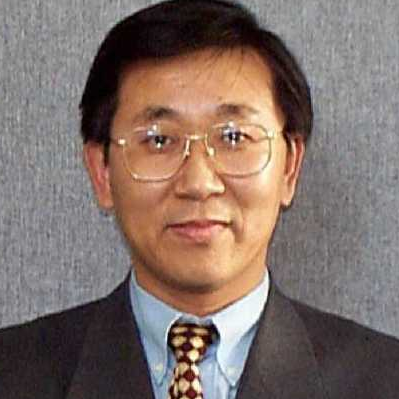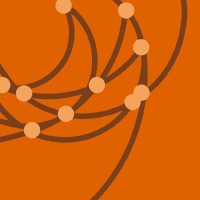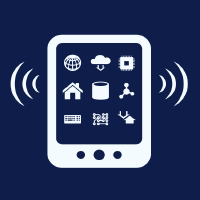Topic Editors

Wireless Energy Harvesting and Power Transfer for Communications and Networks
Topic Information
Dear Colleagues,
Advancements in wireless communication systems have motivated both academics and industries to work toward sustainable and long-lasting networks with low energy cost. Energy harvesting is a potential solution to overcome the issues of high data traffic demand, high energy consumption, complex infrastructures, and device battery limitations. Energy harvesting along with wireless information and power transfer are futuristic options to tailor diversified networks and devices in 6G communication systems.
This Topic primarily focuses on wireless energy harvesting solutions for incorporating complex scenarios and varied ranges of communication networks. This can include energy harvesting in 5G/6G communication systems with a focus on machine-type networks, machine-learning-based techniques, signal processing, and distributed complex systems. Original research in pertinent fields, which has not yet been published or is not presently being considered by another publication, is encouraged such as but not limited to the following.
- Energy harvesting wireless communications and networks.
- Wirelessly powered communications and networks.
- Centralized and distributed power transfer in wireless communications.
- Simultaneous wireless information and power transfer (SWIPT).
- RF, millimeter wave, and THz energy harvesting, power transfer, and SWIPT.
- Massive MIMO- and RIS-aided energy harvesting, power transfer, and SWIPT.
- Waveform design for energy harvesting, power transfer, and SWIPT.
- Signal processing for energy harvesting, power transfer, and SWIPT.
- Machine learning for energy harvesting, power transfer, and SWIPT.
- Circuits and systems for energy harvesting, power transfer, and SWIPT.
- Wireless energy harvesting and power transfer for Internet of Things.
- Wireless energy harvesting and power transfer for sensor networks.
- Wireless energy harvesting and power transfer for machine-type networks.
Prof. Dr. Yichuang Sun
Dr. Arooj Mubashara Siddiqui
Dr. Xiaojing Chen
Dr. Oluyomi Simpson
Topic Editors
Keywords
- wireless energy harvesting
- wireless power transfer
- SWIPT
- wireless communications
- wireless networks
- wireless systems
- 6G
- IoT
- sensor networks
Participating Journals
| Journal Name | Impact Factor | CiteScore | Launched Year | First Decision (median) | APC | |
|---|---|---|---|---|---|---|

Applied Sciences
|
2.7 | 4.5 | 2011 | 16.9 Days | CHF 2400 | Submit |

Electronics
|
2.9 | 4.7 | 2012 | 15.6 Days | CHF 2400 | Submit |

IoT
|
- | 5.2 | 2020 | 23.3 Days | CHF 1200 | Submit |

Journal of Sensor and Actuator Networks
|
3.5 | 7.6 | 2012 | 20.4 Days | CHF 2000 | Submit |

Network
|
- | - | 2021 | 18.2 Days | CHF 1000 | Submit |

Sensors
|
3.9 | 6.8 | 2001 | 17 Days | CHF 2600 | Submit |

Telecom
|
- | 3.1 | 2020 | 26.1 Days | CHF 1200 | Submit |

Technologies
|
3.6 | 5.5 | 2013 | 19.7 Days | CHF 1600 | Submit |

MDPI Topics is cooperating with Preprints.org and has built a direct connection between MDPI journals and Preprints.org. Authors are encouraged to enjoy the benefits by posting a preprint at Preprints.org prior to publication:
- Immediately share your ideas ahead of publication and establish your research priority;
- Protect your idea from being stolen with this time-stamped preprint article;
- Enhance the exposure and impact of your research;
- Receive feedback from your peers in advance;
- Have it indexed in Web of Science (Preprint Citation Index), Google Scholar, Crossref, SHARE, PrePubMed, Scilit and Europe PMC.




